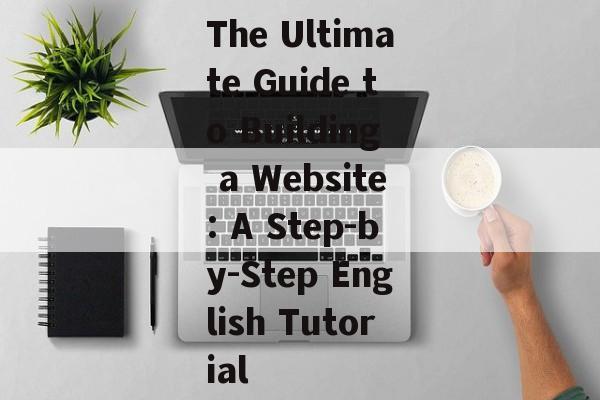The Ultimate Guide to Building a Website: A Step-by-Step English Tutorial
Content:
Building a website can seem like a daunting task, especially if you're new to the world of web development. However, with the right tools and a clear understanding of the process, anyone can create a professional-looking website. In this comprehensive guide, we'll walk you through the entire process of building a website, from choosing a domain name to launching your site. Let's get started!
1. Planning Your Website
Before you dive into the technical aspects of building a website, it's crucial to have a clear plan. Ask yourself the following questions:
- What is the purpose of your website?
- Who is your target audience?

- What kind of content will you be providing?
- How will your website be structured?
2. Choosing a Domain Name
Your domain name is the address of your website. It should be easy to remember, relevant to your content, and ideally, short. Here are some tips for choosing a domain name:
- Keep it simple and easy to spell.
- Avoid hyphens and numbers if possible.
- Use keywords related to your website's content.
- Consider the domain extension (e.g., .com, .org, .net).
3. Selecting a Web Hosting Provider
Web hosting is where your website will live on the internet. A good hosting provider will ensure your website is accessible and secure. Here are some factors to consider when choosing a web hosting provider:
- Uptime guarantee: Look for a provider with at least 99.9% uptime.
- Customer support: Choose a provider with reliable customer support.
- Storage and bandwidth: Ensure you have enough space and bandwidth for your website's needs.
- Pricing: Compare prices and features to find the best value for your budget.
4. Choosing a Website Builder or Content Management System (CMS)
There are two primary ways to build a website: using a website builder or a content management system (CMS). Here's a brief overview of each:
Website Builders
Website builders are user-friendly platforms that allow you to create a website without any coding knowledge. Some popular website builders include:
- Wix
- Squarespace
- Weebly
Content Management Systems (CMS)
CMS platforms are more flexible and powerful than website builders. They require some technical knowledge but offer greater customization options. Some popular CMS platforms include:
- WordPress
- Joomla
- Drupal
5. Designing Your Website
Once you've chosen a website builder or CMS, it's time to start designing your website. Here are some key elements to consider:
Layout: Decide on a layout that works well for your content and is easy for visitors to navigate.
Color Scheme: Choose a color scheme that reflects your brand and is visually appealing.
Typography: Select fonts that are easy to read and complement your design.
Images and Media: Use high-quality images and media to enhance your website's visual appeal.
Creating Content
Content is the heart of your website. Ensure you have high-quality, relevant content that provides value to your visitors. Here are some content ideas:
Blog Posts: Share your expertise and insights on topics related to your niche.
Pages: Create informative pages about your services, products, or company.
Images and Videos: Use visuals to engage your audience and make your content more memorable.
7. Adding Functionality
Most website builders and CMS platforms offer a variety of plugins and extensions to add functionality to your website. Here are some essential features to consider:
SEO Tools: Optimize your website for search engines to improve visibility.
Contact Forms: Allow visitors to get in touch with you through a contact form.
Social Media Integration: Add social media sharing buttons and links to your website.
E-commerce: If you're selling products or services, consider adding an e-commerce platform.
8. Testing Your Website
Before launching your website, it's crucial to test it thoroughly. Here are some things to check:
Browser Compatibility: Ensure your website looks and functions correctly on different browsers.
Mobile Responsiveness: Test your website on various devices to ensure it's mobile-friendly.
Page Load Speed: Optimize your website's loading speed for a better user experience.
Broken Links: Check for any broken links and fix them before your website goes live.
9. Launching Your Website
Once you're satisfied with your website, it's time to launch it. Here are some final steps:
Purchase a Domain Name: If you haven't already, register a domain name for your website.
Point Your Domain to Your Hosting: Update your domain's DNS settings to point to your web hosting provider.
Publish Your Website: Upload your website's files to your hosting provider and make it live.
10. Ongoing Maintenance
Building a website is just the beginning. To keep your website successful, you'll need to perform ongoing maintenance, such as:
Updating Content: Regularly update your website with fresh content to keep visitors engaged.
Security Updates: Keep your website's software and plugins up to date to prevent security breaches.
SEO Optimization: Continuously optimize your website for search engines to improve visibility.
By following these steps, you'll be well on your way to building a successful website. Remember, patience and persistence are key, and with time, your website will grow and evolve to meet your needs. Happy web building!
相关文章
